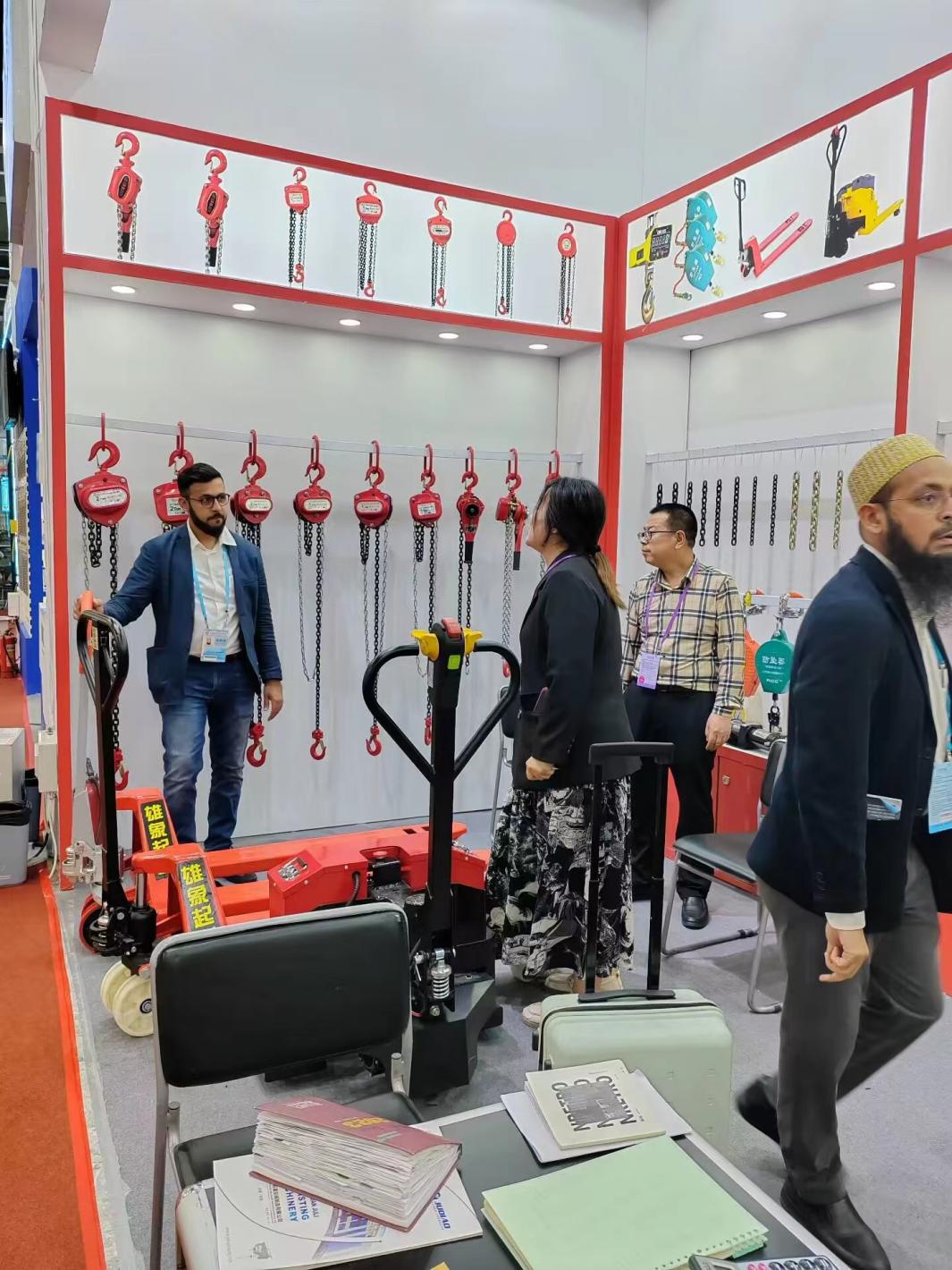


Understanding Fall Arrest Systems Importance and Implementation
In various industries such as construction, manufacturing, and maintenance, workers often face the risk of falling from heights. The consequences of these falls can be devastating, leading to severe injuries or even fatalities. To mitigate this risk, fall arrest systems (FAS) have been developed to protect workers while they perform their tasks safely at elevated heights. This article delves into the significance of fall arrest systems, their components, and best practices for implementation.
What is a Fall Arrest System?
A fall arrest system is a combination of equipment and procedures designed to stop a worker from falling once a fall has occurred. Unlike fall prevention systems, which aim to prevent falls from happening, fall arrest systems act as a last line of defense to minimize the impact and consequences of a fall. A well-implemented FAS can save lives and reduce the severity of injuries sustained in falls.
Key Components of Fall Arrest Systems
1. Anchor Points Strong and secure anchor points are the backbone of any fall arrest system. These points must be capable of withstanding the forces exerted during a fall. They can be permanently or temporarily installed, depending on the job site requirements and duration of use.
2. Body Harnesses A well-fitted body harness distributes the force across the worker's body in the event of a fall. It is crucial that the harness fits properly and is comfortable to wear, allowing workers to move freely while ensuring safety.
3. Lanyards and Connectors Lanyards connect the worker's harness to the anchor points. They can be shock-absorbing or non-shock absorbing, with the former designed to reduce the forces experienced by the worker during a fall. Connectors, such as carabiners, are essential for securing the lanyard to both the harness and the anchor point.
4. Deceleration Devices These devices, such as shock-absorbing lanyards or self-retracting lifelines, help to slow down a worker's fall and reduce the impact forces.
5. Rescue Plans Implementing a fall arrest system is not solely about arresting potential falls; it is also critical to have a rescue plan in place. Prompt rescue after a fall is essential to prevent serious injuries or fatalities due to suspension trauma or exposure.
Importance of Training and Compliance

Implementing a fall arrest system is only effective if workers are adequately trained on its use. Workers must understand the equipment, how to inspect it for integrity, and how to use it correctly. Regular training sessions should be conducted, and refresher courses should be provided to ensure that all employees are knowledgeable about the latest safety practices and standards.
In addition to training, compliance with local, state, and federal regulations is required. Organizations like the Occupational Safety and Health Administration (OSHA) provide guidelines and standards that help ensure the safety of workers at heights. Failure to comply with these regulations can result in severe penalties, increased risk of incidents, and liability for injuries.
Best Practices for Implementing Fall Arrest Systems
1. Conduct a Risk Assessment Before beginning any task that involves working at heights, perform a thorough risk assessment to identify potential hazards and determine the appropriate FAS.
2. Select the Right Equipment Choose FAS components that are suitable for the specific job and environment. Consider factors such as load capacity, intended use, and compatibility with other equipment.
3. Regular Inspections Inspect fall arrest equipment regularly to ensure its reliability and performance. Workers should be trained to identify any signs of wear, tear, or malfunction.
4. Develop Clear Procedures Establish and communicate procedures for using the FAS, including detailed instructions for setup, use, and emergency response.
5. Encourage a Safety Culture Foster an organizational culture that prioritizes safety. Employees should feel empowered to report unsafe conditions or behaviors without fear of retaliation.
Conclusion
Fall arrest systems play a crucial role in protecting workers who operate at heights. By understanding the components of FAS, emphasizing training and compliance, and implementing best practices, organizations can significantly reduce the risk of falls and ensure a safer working environment. Safety is not just the responsibility of the employer; it requires a collaborative effort from everyone involved to create a culture that values and prioritizes health and safety.



